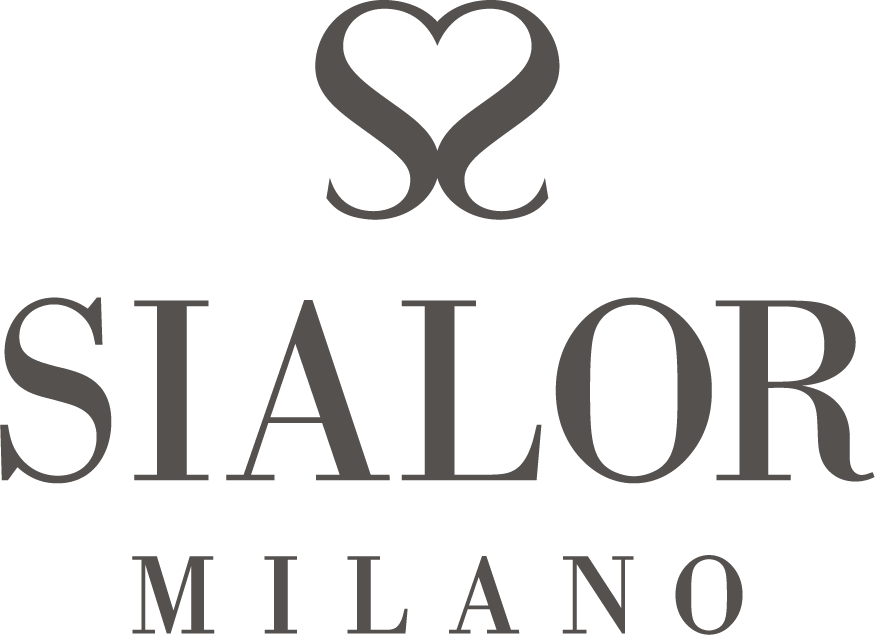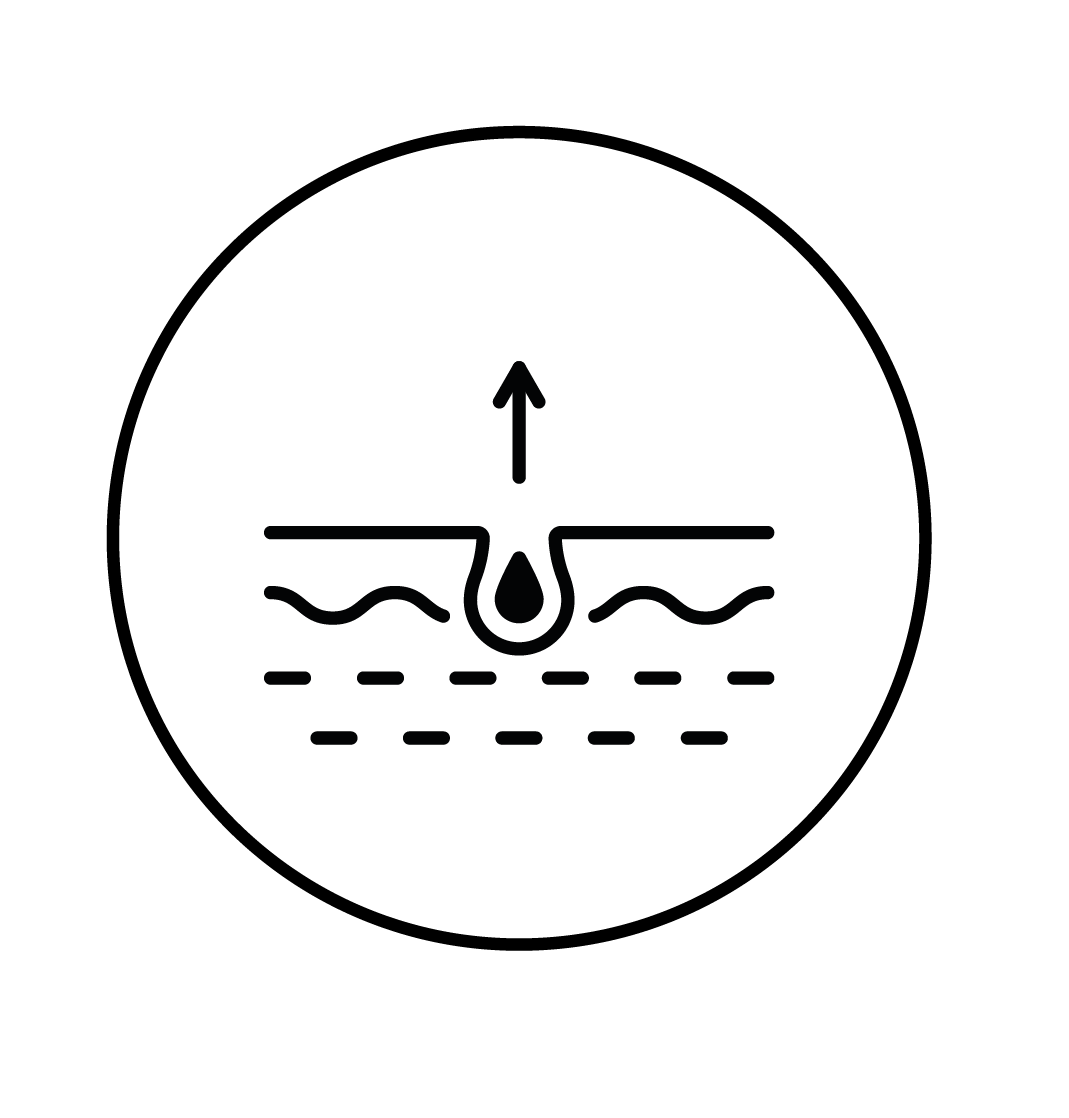What is cosmeceutical, what is it for, and what are the differences between cosmetics and cosmeceutics?
More and more often we hear about cosmeceutics, and you have probably come across this term yourself. But what does it mean? As you continue reading the article you can find out the answer, and more: we will reveal whether the cosmeceutical proposal really works and why this word is always associated with innovativeness, revolutionary products and scientific evidence.
Curious? On the other hand, this topic is attracting increasing interest in the world of beauty experts and for users of their products, for good reasons. Scroll down and you’ll know everything shortly!
What is cosmeceutics?
To discover the secrets of cosmeceutics, let us first go back to the origin of the word. It is a hybrid term, composed of the fusion of two words we all know: “cosmetics” e “pharmaceutical“. In fact, therefore, a cosmeceutical product lies somewhere between a drug and a cosmetic. The function for which it was designed is aimed at improving aesthetics in some particular aspect of it, but at the same time these compounds are true concentrates of active ingredients, designed to perform a deeper action within the body.
But how many and what positive effects can be achieved by cosmeceuticals?
- anti-aging: : these are mainly creams which, thanks to the high concentrations of active ingredients, are able to carry out a deeper action, promoting cell turnover and giving you the effect of relaxed, hydrated, truly rejuvenated skin;
- anti-reddening: products that improve blood flow through flavonoids and anthocyanosides, for a more even complexion on the face;
- anti-cellulite: this action is always carried out by flavonoids, valuable allies in optimizing microcirculation.
The effectiveness of cosmeceuticals and their products
The advent of cosmeceutics and the spread of their products on pharmacy counters is extremely explanatory of modern society, in which aesthetic beauty represents an important quality, to which attention must be devoted because of the well-being it instills in us.
Cosmeceuticals prove to be very effective, and relying on certain targeted active ingredients, they provide quick, yet lasting results that are free of side effects and completely natural to look at. The purpose is both preventive and treatment, and the fulfillment of promises is ensured by cosmeceuticals’ strong connection with science. The production of compounds that are undoubtedly effective and take advantage of the latest innovations in the field of cosmetology researchrepresentsa strongly characterizing aspect of this field, as it ensures ahigh quality of the proposed articles, obtained thanks to studies conducted on the basis of careful documentation of the scientific literature.
The active ingredients contained in high concentration are a plus, and the extensive use of natural substances that is made in cosmeceuticals involves combining them strategically and judiciously in order to optimize their effectiveness. It is precisely from many of these natural ingredients that most of the active ingredients are derived, whereas in traditional cosmetics these are used in much smaller quantities and hardly in their purity.
What are the differences between cosmetics and cosmeceuticals
We have just said that the cosmeceuticals lies somewhere between cosmetics and pharmaceuticals, but the similarity with the former field can sometimes make it difficult to clearly grasp the difference between it and cosmeceutics, and drawing a line marking the boundary between these two fields may not be immediate. Let us then try to shed further light and understand the actual differences between cosmetics and cosmeceuticals, so that you can better orient yourself and know exactly what you are buying.
Although by assonance cosmetics and cosmeceuticals are similar words, their meanings are quite distinct. Although the purpose is the same, in that both disciplines aim to help people improve some element of their aesthetic appearance that they do not like, to improve imperfections and eliminate blemishes, the real difference lies in how this end is achieved.
In the case of cosmetics, in fact, it merely attempts to correct imperfections by acting as a cover, so to speak. Flaws are masked, hidden, disguised, but they remain there and become visible again once the makeup is removed.
Quite different is the philosophy behind the emergence of cosmeceuticals. These creams, lotions, and emulsions, yes, have a function similar to that of cosmetics, and share their goal of cosmetic improvement, but they also have anaction similar to that of drugs. Therefore, cosmeceuticals aim to eradicate the defect or blemish you are fighting, not simply make it less visible momentarily.
Consequently, cosmetic products and cosmeceuticals are not interchangeable, as the latter use pure components in high concentrations to achieve an article of scientifically proven efficacy. Their action may take longer than the immediate effect of cosmetics, but the presence of large amounts of pure active ingredients ensures efficacy that is rigorously proven by science.
Conclusion
Therefore, we have tried to give a proper definition of cosmeceuticals, in the knowledge that nowadays there are so many solutions offered to us to improve our appearance (even when it comes to combating defects only alleged to be such, which perhaps no one else notices) in order to get exactly what we want, that the risk of confusing terms is indeed real, as is that of buying products we do not know exactly how they work or what they were designed for.
But we shed light on the difference between cosmeceuticals and traditional cosmetics. We have seen how cosmeceuticals include treatments and preventions through a particular way of working, in that they take advantage of the properties of active ingredients. Finally, we outlined the spirit of cosmeceuticals, which combine substances from natural elements to ensure effective results through innovative products that keep pace with the latest scientific findings.




